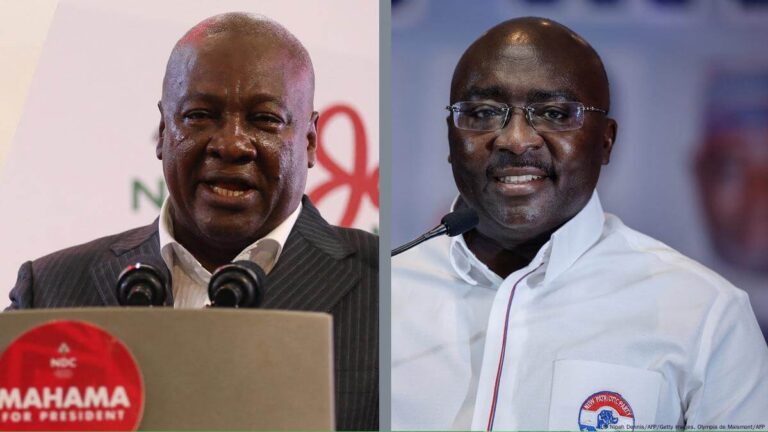Since 1992, the path to victory in Ghana’s presidential elections has largely followed a clear formula—secure at least six out of the ten original regions, and you’re almost guaranteed the presidency.
This was evident when Jerry John Rawlings, Ghana’s longest-serving president, dominated both the 1992 and 1996 elections by winning a staggering 9 out of 10 regions. He managed to sweep the polls with 58.7% and 57.4% of the votes, respectively, only losing the Ashanti Region.
Fast forward to the 2000 elections, and the dynamics shifted slightly, but the basic formula remained intact. John Agyekum Kufuor, after narrowly missing victory in the first round by winning 5 regions and 48.4% of the votes, went on to clinch the presidency in a runoff by securing exactly 6 regions—60% of the old ten—proving the strategy was still effective. He repeated the feat in 2004, winning 6 regions and comfortably retaining power.
Then came 2008, where Nana Addo Dankwa Akufo-Addo led the first round but failed to secure the presidency because he won only 4 regions, falling short of the magic number.
It took the late John Evans Atta Mills winning 8 regions in the runoff to snatch the presidency with just over 50% of the vote. John Dramani Mahama followed the same pattern in 2012, winning 8 regions and 51.2% of the vote to secure victory.

By 2016, the formula still held. Akufo-Addo’s victory came by winning 6 of the 10 regions, mirroring the pattern of winning 60% of the regions. But 2020 shattered the long-standing rule.
Ghana had now been carved into 16 regions, changing the political landscape. Despite winning only 7 regions (just 43.75%), Akufo-Addo retained the presidency. Meanwhile, Mahama captured 9 regions but lost the overall election, sending a powerful message that the old playbook was no longer sufficient.
The dynamics have shifted drastically. Heading into the 2024 elections, the battle isn’t simply about winning a majority of regions; it’s about which regions candidates dominate.
For the National Democratic Congress (NDC) and John Dramani Mahama, victory will not come from collecting a handful of regions. It’s about strategically flipping key regions like the Central and Western regions while expanding their lead in Greater Accra, a pivotal swing region.

On the other hand, for the New Patriotic Party (NPP), the Ashanti Region remains its fortress. With projections of a potential 1.2 million vote margin from the Ashanti stronghold, they could neutralize the NDC’s gains in the Volta, Greater Accra, and Bono East regions. The key for the NPP? Maximize voter turnout in Ashanti. If they hit their target of 85% of the vote in this region, they can absorb the blow from NDC strongholds.
In 2024, the stakes are higher than ever. The battle won’t be won through traditional region-counting strategies. It will come down to voter turnout in critical regions, effective campaign strategies, and how well each party can mobilize its base in strongholds. Both parties know this is a make-or-break moment.
No amount of analysis can predict the future, but one thing remains certain: the real power lies in the hands of Ghana’s voters. And as they head to the polls in 2024, every vote, in every strategic region, will matter.
Source: 3news.com

